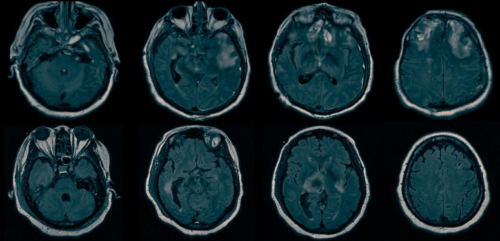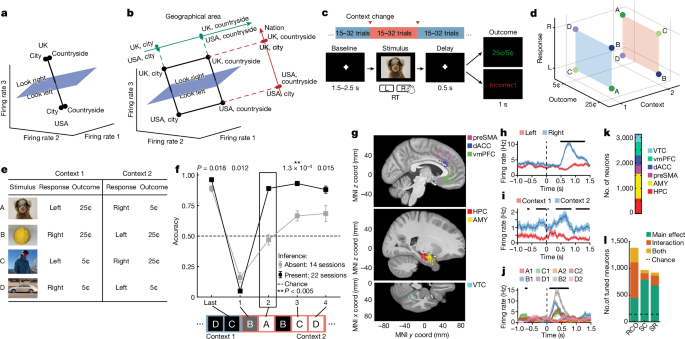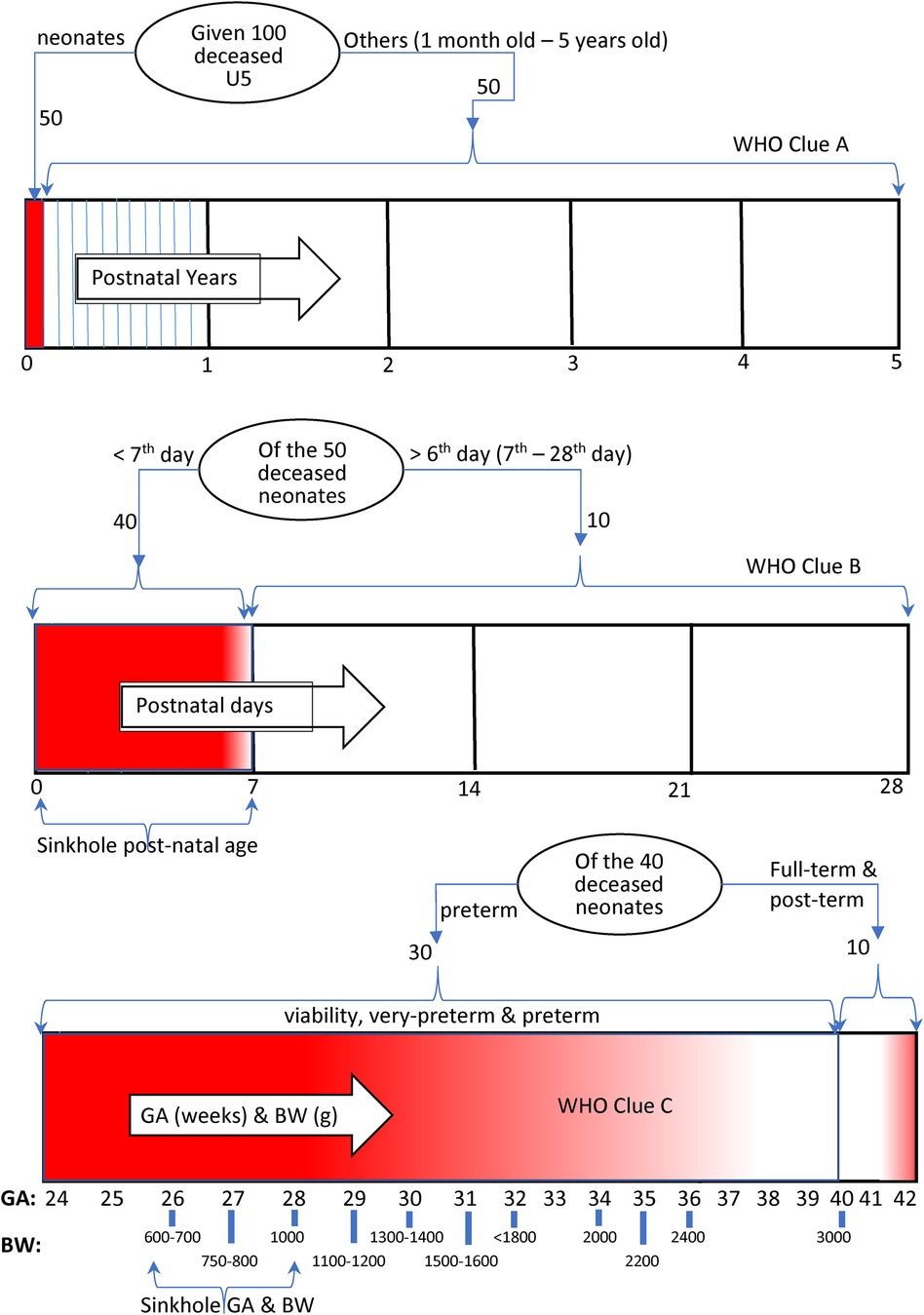2024-08-14 コロンビア大学

<関連情報>
- https://www.cuimc.columbia.edu/news/one-four-brain-injured-unresponsive-patients-shows-signs-hidden-consciousness
- https://www.nejm.org/doi/full/10.1056/NEJMoa2400645
- https://www.thelancet.com/journals/laneur/article/PIIS1474-4422(22)00212-5/abstract
- https://www.nejm.org/doi/10.1056/NEJMoa1812757
意識障害における認知運動解離 Cognitive Motor Dissociation in Disorders of Consciousness
Yelena G. Bodien, Ph.D. , Judith Allanson, F.R.C.P., Ph.D., Paolo Cardone, M.S. , Arthur Bonhomme, M.D., Jerina Carmona, M.P.H., Camille Chatelle, Ph.D., Srivas Chennu, Ph.D., +31, and Nicholas D. Schiff, M.D.
New England Journal of Medicine Published: August 14, 2024
DOI: 10.1056/NEJMoa2400645
Abstract
Background
Patients with brain injury who are unresponsive to commands may perform cognitive tasks that are detected on functional magnetic resonance imaging (fMRI) and electroencephalography (EEG). This phenomenon, known as cognitive motor dissociation, has not been systematically studied in a large cohort of persons with disorders of consciousness.
Methods
In this prospective cohort study conducted at six international centers, we collected clinical, behavioral, and task-based fMRI and EEG data from a convenience sample of 353 adults with disorders of consciousness. We assessed the response to commands on task-based fMRI or EEG in participants without an observable response to verbal commands (i.e., those with a behavioral diagnosis of coma, vegetative state, or minimally conscious state–minus) and in participants with an observable response to verbal commands. The presence or absence of an observable response to commands was assessed with the use of the Coma Recovery Scale–Revised (CRS-R).
Results
Data from fMRI only or EEG only were available for 65% of the participants, and data from both fMRI and EEG were available for 35%. The median age of the participants was 37.9 years, the median time between brain injury and assessment with the CRS-R was 7.9 months (25% of the participants were assessed with the CRS-R within 28 days after injury), and brain trauma was an etiologic factor in 50%. We detected cognitive motor dissociation in 60 of the 241 participants (25%) without an observable response to commands, of whom 11 had been assessed with the use of fMRI only, 13 with the use of EEG only, and 36 with the use of both techniques. Cognitive motor dissociation was associated with younger age, longer time since injury, and brain trauma as an etiologic factor. In contrast, responses on task-based fMRI or EEG occurred in 43 of 112 participants (38%) with an observable response to verbal commands.
Conclusions
Approximately one in four participants without an observable response to commands performed a cognitive task on fMRI or EEG as compared with one in three participants with an observable response to commands. (Funded by the James S. McDonnell Foundation and others.)
米国における急性脳損傷患者の認知運動解離と機能回復までの時間:前向き観察コホート研究 Cognitive-motor dissociation and time to functional recovery in patients with acute brain injury in the USA: a prospective observational cohort study
Jennifer Egbebike, BA;Qi Shen, PhD;Kevin Doyle, MA;Caroline A Der-Nigoghossian, PharmD;Lucy Panicker, RPA-C;Ian Jerome Gonzales, AS;Lauren Grobois, BS;Jerina C Carmona, MPH;Athina Vrosgou, MSc;Arshneil Kaur, PA-C;Amelia Boehme, PhD;Angela Velazquez, MD;Benjamin Rohaut, MD;David Roh, MD;Sachin Agarwal, MD;Soojin Park, MD;E Sander Connolly, MD;Jan Claassen, MD
The Lancet Neurology Published:August, 2022
DOI:https://doi.org/10.1016/S1474-4422(22)00212-5
Summary
Background
Recovery trajectories of clinically unresponsive patients with acute brain injury are largely uncertain. Brain activation in the absence of a behavioural response to spoken motor commands can be detected by EEG, also known as cognitive-motor dissociation. We aimed to explore the role of cognitive-motor dissociation in predicting time to recovery in patients with acute brain injury.
Methods
In this observational cohort study, we prospectively studied two independent cohorts of clinically unresponsive patients (aged ≥18 years) with acute brain injury. Machine learning was applied to EEG recordings to diagnose cognitive-motor dissociation by detecting brain activation in response to verbal commands. Survival statistics and shift analyses were applied to the data to identify an association between cognitive-motor dissociation and time to and magnitude of recovery. The prediction accuracy of the model that was built using the derivation cohort was assessed using the validation cohort. Functional outcomes of all patients were assessed with the Glasgow Outcome Scale–Extended (GOS-E) at hospital discharge and at 3, 6, and 12 months after injury. Patients who underwent withdrawal of life-sustaining therapies were censored, and death was treated as a competing risk.
Findings
Between July 1, 2014, and Sept 30, 2021, we screened 598 patients with acute brain injury and included 193 (32%) patients, of whom 100 were in the derivation cohort and 93 were in the validation cohort. At 12 months, 28 (15%) of 193 unresponsive patients had a GOS-E score of 4 or above. Cognitive-motor dissociation was seen in 27 (14%) patients and was an independent predictor of shorter time to good recovery (hazard ratio 5·6 [95% CI 2·5–12·5]), as was underlying traumatic brain injury or subdural haematoma (4·4 [1·4–14·0]), a Glasgow Coma Scale score on admission of greater than or equal to 8 (2·2 [1·0–4·7]), and younger age (1·0 [1·0–1·1]). Among patients discharged home or to a rehabilitation setting, those diagnosed with cognitive-motor dissociation consistently had higher scores on GOS-E indicating better functional recovery compared with those without cognitive-motor dissociation, which was seen as early as 3 months after the injury (odds ratio 4·5 [95% CI 2·0–33·6]).
Interpretation
Recovery trajectories of clinically unresponsive patients diagnosed with cognitive-motor dissociation early after brain injury are distinctly different from those without cognitive-motor dissociation. A diagnosis of cognitive-motor dissociation could inform the counselling of families of clinically unresponsive patients, and it could help clinicians to identify patients who will benefit from rehabilitation.
Funding
US National Institutes of Health.
急性脳損傷無反応患者における脳活性化の検出 Detection of Brain Activation in Unresponsive Patients with Acute Brain Injury
Jan Claassen, M.D., Kevin Doyle, M.A., Adu Matory, B.A., Caroline Couch, B.A., Kelly M. Burger, B.A., R.E.E.G.T., Angela Velazquez, M.D., Joshua U. Okonkwo, M.D., +7, and Benjamin Rohaut, M.D.
New England Journal of Medicine Published June 26, 2019
DOI: 10.1056/NEJMoa1812757

Abstract
Background
Brain activation in response to spoken motor commands can be detected by electroencephalography (EEG) in clinically unresponsive patients. The prevalence and prognostic importance of a dissociation between commanded motor behavior and brain activation in the first few days after brain injury are not well understood.
Methods
We studied a prospective, consecutive series of patients in a single intensive care unit who had acute brain injury from a variety of causes and who were unresponsive to spoken commands, including some patients with the ability to localize painful stimuli or to fixate on or track visual stimuli. Machine learning was applied to EEG recordings to detect brain activation in response to commands that patients move their hands. The functional outcome at 12 months was determined with the Glasgow Outcome Scale–Extended (GOS-E; levels range from 1 to 8, with higher levels indicating better outcomes).
Results
A total of 16 of 104 unresponsive patients (15%) had brain activation detected by EEG at a median of 4 days after injury. The condition in 8 of these 16 patients (50%) and in 23 of 88 patients (26%) without brain activation improved such that they were able to follow commands before discharge. At 12 months, 7 of 16 patients (44%) with brain activation and 12 of 84 patients (14%) without brain activation had a GOS-E level of 4 or higher, denoting the ability to function independently for 8 hours (odds ratio, 4.6; 95% confidence interval, 1.2 to 17.1).
Conclusions
A dissociation between the absence of behavioral responses to motor commands and the evidence of brain activation in response to these commands in EEG recordings was found in 15% of patients in a consecutive series of patients with acute brain injury. (Supported by the Dana Foundation and the James S. McDonnell Foundation.)


